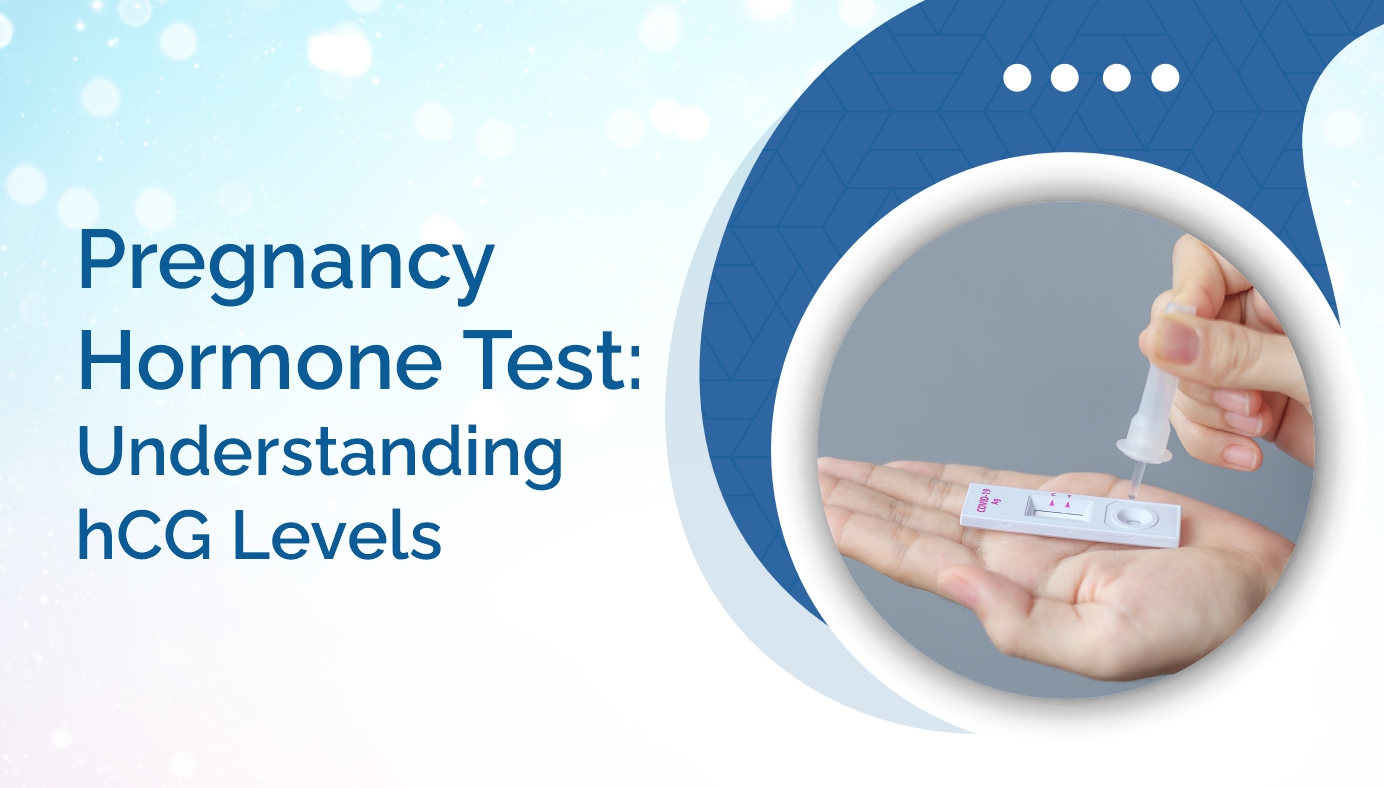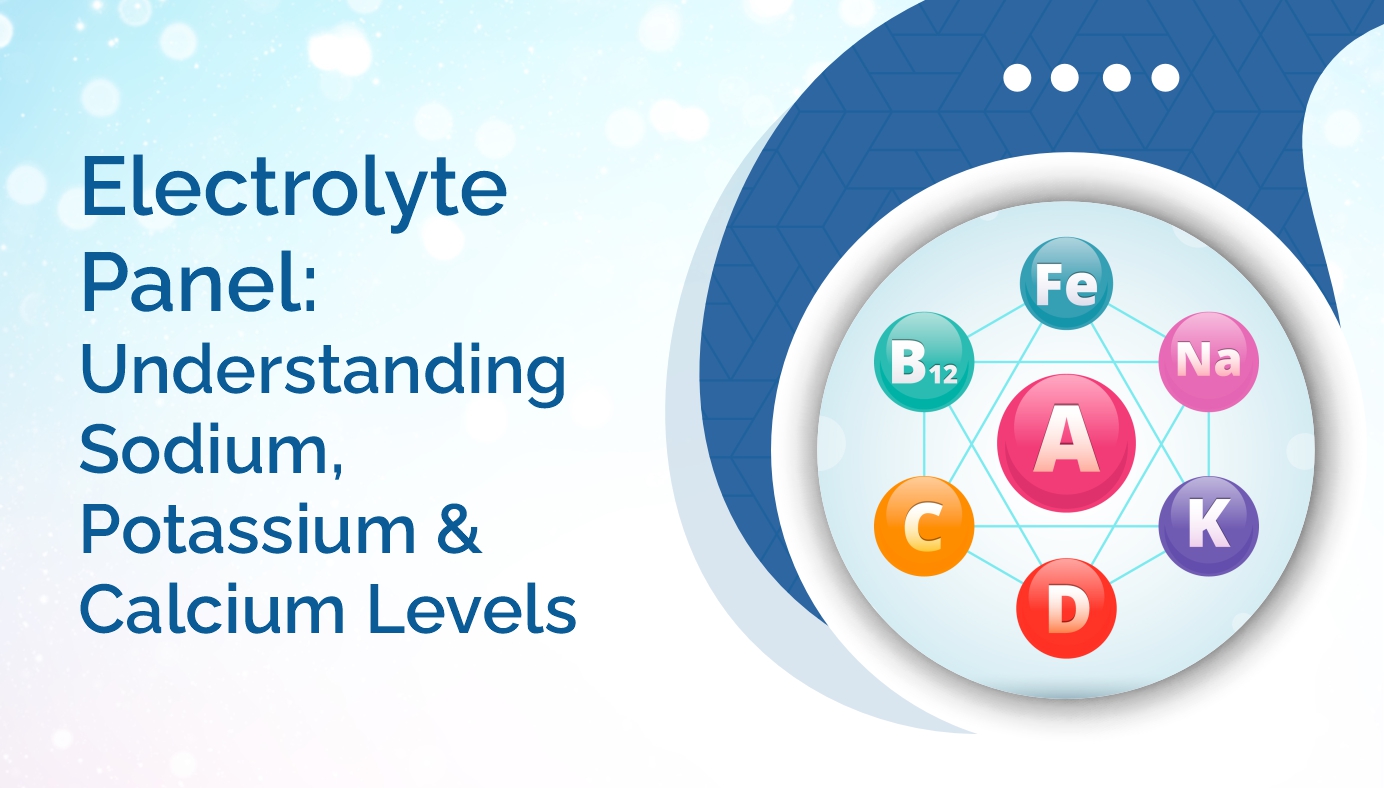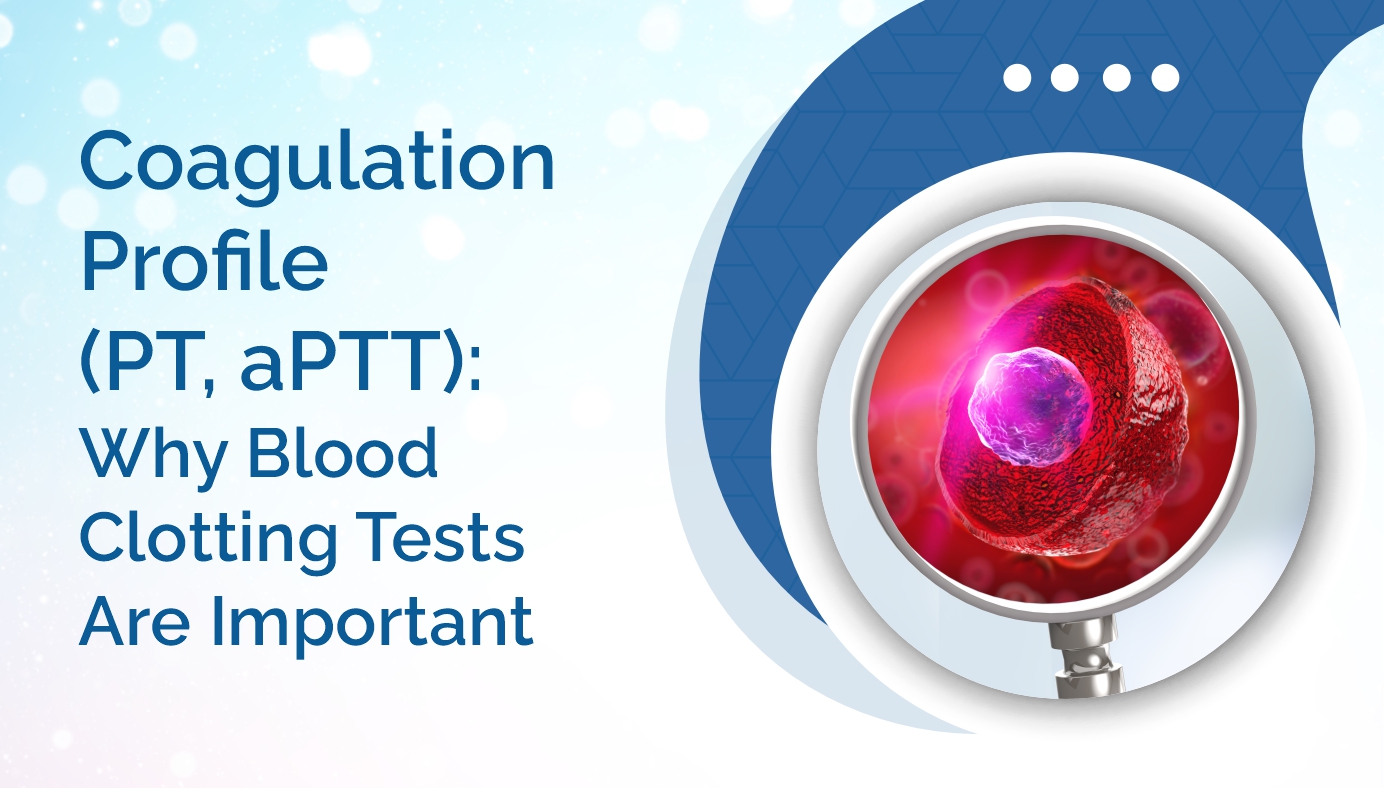


Condition
- Lifestyle Packages
- Infectious
- Lifestyle Packages
- Preventive Health Checkup
- Diabetes
- Diabetes
- Preventive Health Checkup
- Top tests
- Top tests
- Heart Disease & Hypertension
- Lifestyle Packages
- Preventive Health Checkup
- Diabetes
- Diabetes
- Preventive Health Checkup
- Preventive Health Checkup
- Top tests
- Lifestyle Packages
- Diabetes
- Preventive Health Checkup
- Top tests
- Lifestyle Packages
- Diabetes
- Diabetes
- Diabetes
- Diabetes
- Diabetes
- Diabetes
- Preventive Health Checkup
- Preventive Health Checkup
- Diabetes
- Preventive Health Checkup
- Preventive Health Checkup
- Genomics
- Others
- Others
- Others
- Preventive Health Checkup
- Pulmonary / Infectious
- Diabetes
- Diabetes
- Others
- Preventive Health Checkup
- Others
- Preventive Health Checkup
- Top tests
- Others
- Genetics
- Others
- Gastrointestinal / Skeletomuscular
- Gastrointestinal / Skeletomuscular
- Others
- Others
- Others
- Others
- Others
- Others
- Others
- Others
- Others
- Others
- Others
- Others
- Others
- Others
- Others
- Others
- Others
- Others
- Others
- Others
- Others
- Others
- Others
- Others
- Others
- Others
- Others
- Others
- Others
- Others
- Others
- Others
- Others
- Others
- Others
- Others
- Others
- Others
- Others
- Others
- Others
- Others
- Others
- Others
- Others
- Others
- Others
- Others
- Others
- Others
- Others
- Others
- Others
- Others
- Others
- Others
- Others
- Others
- Others
- Others
- Others
- Others
- Others
- Others
- Others
- Others
- Top tests
- Top tests
- Top tests
- Top tests
- Top tests
- Top tests
- Top tests
- Top tests
- Top tests
- Preventive Health Checkup
- Top tests
- Top tests
- Top tests
- Top tests
- Blood Banking & Transfusion
- Lifestyle Packages
- Blood Banking & Transfusion
- Blood Banking & Transfusion
- Top tests
- Top tests
- Lifestyle Packages
- Diabetes
- Blood Banking & Transfusion
- Blood Banking & Transfusion
- Blood Banking & Transfusion
- Blood Banking & Transfusion
- Blood Banking & Transfusion
- Others
- Others
- Others
- Others
- Blood Banking & Transfusion
- Blood Banking & Transfusion
- Blood Banking & Transfusion
- Blood Banking & Transfusion
- Vitamin Deficiency
- Vitamin Deficiency
- Vitamin Deficiency
- Vitamin Deficiency
- Vitamin Deficiency
- Blood Banking & Transfusion
- Blood Banking & Transfusion
- Blood Banking & Transfusion
- Blood Banking & Transfusion
- Diabetes
- Diabetes
- Heart Disease & Hypertension
- Preventive Health Checkup
- Diabetes
- Preventive Health Checkup
- Preventive Health Checkup
- Diabetes
- Diabetes
- Heart Disease & Hypertension
- Top tests
- Heart Disease & Hypertension
- Diabetes
- Top tests
- Diabetes
- Heart Disease & Hypertension
- Lifestyle Packages
- Heart Disease & Hypertension
- Lifestyle Packages
- Heart Disease & Hypertension
- Heart Disease & Hypertension
- Lifestyle Packages
- Preventive Health Checkup
- Preventive Health Checkup
- Top tests
- Preventive Health Checkup
- Heart Disease & Hypertension
- Heart Disease & Hypertension
- Heart Disease & Hypertension
- Top tests
- Top tests
- Lifestyle Packages
- Heart Disease & Hypertension
- Heart Disease & Hypertension
- Top tests
- Heart Disease & Hypertension
- Preventive Health Checkup
- Diabetes
- Lifestyle Packages
- Heart Disease & Hypertension
- Top tests
- Heart Disease & Hypertension
- Heart Disease & Hypertension
- Diabetes
- Lifestyle Packages
- Preventive Health Checkup
- Diabetes
- Top tests
- Diabetes
- Allergy
- Heart Disease & Hypertension
- Diabetes
- Heart Disease & Hypertension
- Diabetes
- Lifestyle Packages
- Lifestyle Packages
- Top tests
- Preventive Health Checkup
- Lifestyle Packages
- Preventive Health Checkup
- Preventive Health Checkup
- Diabetes
- Top tests
- Heart Disease & Hypertension
- Preventive Health Checkup
- Top tests
- Heart Disease & Hypertension
- Lifestyle Packages
- Lifestyle Packages
- Diabetes
- Preventive Health Checkup
- Top tests
- Diabetes
- Top tests
- Preventive Health Checkup
- Preventive Health Checkup
- Preventive Health Checkup
- Diabetes
- Lifestyle Packages
- Lifestyle Packages
- Heart Disease & Hypertension
- Lifestyle Packages
- Heart Disease & Hypertension
- Lifestyle Packages
- Preventive Health Checkup
- Preventive Health Checkup
- Preventive Health Checkup
- Lifestyle Packages
- Top tests
- Lifestyle Packages
- Top tests
- Lifestyle Packages
- Top tests
- Diabetes
- Diabetes
- Others
- Blood Disorders
- Top tests
- Others
- Others
- Others
- Fever
- Fever
- Blood Disorders
- Blood Disorders
- Preventive Health Checkup
- Preventive Health Checkup
- Profile
- Kidney Disease
- Kidney Disease
- Diabetes
- Diabetes
- Heart Disease & Hypertension
- Preventive Health Checkup
- Lifestyle Packages
- Thyroid Disorder
- Diabetes
- Diabetes
- Diabetes
- Diabetes
- Diabetes
- Diabetes
- Diabetes
- Top tests
- Allergy
- Top tests
- Top tests
- Top tests
- Top tests
- Diabetes
- Top tests
- Diabetes
- Top tests
- Top tests
- Top tests
- Liver Disease
- Diabetes
- Top tests
- Vitamin Deficiency
- Top tests
- Top tests
- Liver Disease
- Top tests
- Top tests
- Top tests
- Anemia
- Anemia
- Anemia
- Diabetes
- Diabetes
- Anemia
- Top tests
- Top tests
- Top tests
- Preventive Health Checkup
- Thyroid Disorder
- Heart Disease & Hypertension
- Top tests
- Preventive Health Checkup
- Diabetes
- Heart Disease & Hypertension
- Top tests
- Fever
- Allergy
- Liver Disease
- Lifestyle Packages
- Heart Disease & Hypertension
- Top tests
- Arthritis
- Top tests
- Top tests
- Heart Disease & Hypertension
- Kidney Disease
- Preventive Health Checkup
- Allergy
- Top tests
- Lifestyle Packages
- Top tests
- Kidney Disease
- Top tests
- Lifestyle Packages
- Top tests
- Preventive Health Checkup
- Preventive Health Checkup
- Top tests
- Top tests
- Vitamin Deficiency
- Allergy
- Diabetes
- Top tests
- Top tests
- Top tests
- Top tests
- Heart Disease & Hypertension
- Allergy
- Top tests
- Preventive Health Checkup
- Top tests
- Top tests
- Infertility
- Top tests
- Lifestyle Packages
- Allergy
- Diabetes
- Heart Disease & Hypertension
- Lifestyle Packages
- Preventive Health Checkup
- Preventive Health Checkup
- Top tests
- Preventive Health Checkup
- Top tests
- Diabetes
- Top tests
- Infertility
- Top tests
- Thyroid Disorder
- Top tests
- Allergy
- Preventive Health Checkup
- Vitamin Deficiency
- Top tests
- Top tests
- Infertility
- Lifestyle Packages
- Diabetes
- Liver Disease
- Kidney Disease
- Vitamin Deficiency
- Top tests
- Heart Disease & Hypertension
- Heart Disease & Hypertension
- Top tests
- Heart Disease & Hypertension
- Heart Disease & Hypertension
- Heart Disease & Hypertension
- Infertility
- Heart Disease & Hypertension
- Vitamin Deficiency
- Vitamin Deficiency
- Arthritis
- Arthritis
- Top tests
- Top tests
- Lifestyle Packages
- Preventive Health Checkup
- Lifestyle Packages
- Preventive Health Checkup
- Vitamin Deficiency
- Top tests
- Lifestyle Packages
- Lifestyle Packages
- Preventive Health Checkup
- Top tests
- Preventive Health Checkup
- Top tests
- Heart Disease & Hypertension
- Infertility
- Top tests
- Top tests
- Preventive Health Checkup
- Lifestyle Packages
- Top tests
- PCOD
- Preventive Health Checkup
- Lifestyle Packages
- Preventive Health Checkup
- Top tests
- Fever
- PCOD
- Kidney Disease
- Top tests
- Top tests
- Preventive Health Checkup
- Preventive Health Checkup
- Liver Disease
- Thyroid Disorder
- Top tests
- Heart Disease & Hypertension
- PCOD
- Top tests
- Arthritis
- Preventive Health Checkup
- Kidney Disease
- Lifestyle Packages
- Top tests
- Allergy
- Top tests
- Top tests
- Diabetes
- Thyroid Disorder
- Preventive Health Checkup
- Top tests
- Lifestyle Packages
- Preventive Health Checkup
- Top tests
- Kidney Disease
- Liver Disease
- Infertility
- Top tests
- Anemia
- Top tests
- Top tests
- Top tests
- Preventive Health Checkup
- Bone Health
- Cancer
- Fatty Liver

Tests
Home / Blog /Discover the Hidden Power of C-Reactive Protein Test in Detecting Inflammation and Infection
Discover the Hidden Power of C-Reactive Protein Test in Detecting Inflammation and Infection

Inflammation is a double-edged sword. On one side, it's the body's natural response to injury or infection, crucial for healing. On the other, chronic inflammation can be a silent killer, contributing to severe diseases like heart disease, diabetes, and cancer. In this complex landscape, the C-Reactive Protein (CRP) test emerges as a powerful tool, shedding light on hidden inflammation and infections. But what exactly is a CRP test, and why should it matter to you?
We will unravel the role of the CRP test in detecting inflammation and infection. You'll learn how this simple blood test can offer invaluable insights into your health, help manage chronic conditions, and guide treatment plans.
What is C-Reactive Protein?
C-Reactive Protein is a substance produced by the liver in response to inflammation. When there's an injury or infection, your body's inflammatory response kicks in, and the liver releases CRP into the bloodstream. Elevated CRP levels indicate that something is amiss.
CRP is not disease-specific, meaning it doesn't pinpoint the exact cause of inflammation. However, it acts as a red flag, alerting medical professionals to investigate further. Understanding CRP levels can help diagnose various conditions like infections, chronic inflammatory diseases, and even cancer.
The Science Behind the CRP Test
The CRP test measures the concentration of C-Reactive Protein in your blood. It's a simple blood test, usually done in a clinical setting. There are two types of CRP tests—standard CRP and high-sensitivity CRP (hs-CRP).
Standard CRP tests are typically used to detect significant inflammation due to infections or chronic inflammatory diseases. On the other hand, hs-CRP tests are more precise and can detect lower levels of inflammation, often used to assess the risk of cardiovascular diseases.
Why is the CRP Test Important?
The significance of the CRP test lies in its ability to detect inflammation early. Inflammation is the root cause of many diseases, and catching it early can prevent severe complications. Elevated CRP levels can indicate various conditions:
1. Infections - Bacterial infections often lead to a significant rise in CRP levels.
2. Chronic Inflammatory Diseases - Conditions like rheumatoid arthritis and lupus cause chronic inflammation, reflected in elevated CRP levels.
3. Cardiovascular Diseases - High hs-CRP levels are associated with an increased risk of heart attacks and strokes.
Interpreting CRP Test Results
CRP test results are measured in milligrams per liter (mg/L). Here's a general guideline for interpreting the results:
- Low Risk - CRP levels less than 1 mg/L
- Moderate Risk - CRP levels between 1 and 3 mg/L
- High Risk - CRP levels greater than 3 mg/L
It's important to note that these ranges can vary based on individual health conditions and laboratory standards. Always consult with your healthcare provider for accurate interpretation and guidance.
CRP and Cardiovascular Health
One of the most critical applications of the hs-CRP test is in assessing cardiovascular health. Numerous studies have shown a strong correlation between elevated hs-CRP levels and the risk of heart attacks and strokes. Inflammation plays a crucial role in the development of atherosclerosis, where plaque builds up in the arteries, leading to heart disease.
By measuring hs-CRP levels, healthcare providers can identify individuals at higher risk of cardiovascular events and implement preventive measures. These may include lifestyle changes, medications, and regular monitoring to reduce the risk.
CRP and Chronic Inflammatory Diseases
Chronic inflammatory diseases like rheumatoid arthritis, lupus, and inflammatory bowel disease cause persistent inflammation in the body. The CRP test is invaluable in diagnosing and managing these conditions. Elevated CRP levels indicate active inflammation, helping doctors tailor treatment plans to reduce symptoms and prevent complications.
Regular monitoring of CRP levels can also assess the effectiveness of treatments, ensuring that the chosen therapies are working as intended. This proactive approach can significantly improve the quality of life for individuals with chronic inflammatory diseases.
CRP and Infections
Infections, especially bacterial ones, can cause a rapid increase in CRP levels. The CRP test is often used to differentiate between bacterial and viral infections, guiding appropriate treatment. High CRP levels typically indicate a bacterial infection, which may require antibiotics for effective treatment.
The test can also monitor the progress of an infection, helping healthcare providers determine whether the treatment is working or if adjustments are needed. This dynamic use of the CRP test ensures timely and effective management of infections.
Factors Affecting CRP Levels
Several factors can influence CRP levels, including age, sex, and lifestyle. For instance, CRP levels tend to increase with age, and women may have slightly higher levels than men. Lifestyle factors like smoking, obesity, and lack of exercise can also elevate CRP levels.
Understanding these factors can help individuals make informed choices to maintain healthy CRP levels. Adopting a healthy lifestyle, including a balanced diet, regular exercise, and avoiding smoking, can significantly reduce inflammation and lower CRP levels.
Limitations of the CRP Test
While the CRP test is a powerful tool, it has its limitations. CRP is a non-specific marker, meaning it doesn't identify the exact cause of inflammation. Elevated CRP levels indicate the presence of inflammation but require further investigation to determine the underlying cause.
Additionally, certain conditions like pregnancy, hormone replacement therapy, and infections can temporarily elevate CRP levels, leading to potential misinterpretation. It's crucial to consider these factors and consult with healthcare providers for accurate diagnosis and treatment.
The Future of CRP Testing
Advancements in medical technology continue to enhance the accuracy and application of CRP testing. Researchers are exploring new biomarkers and combining CRP with other tests to improve diagnostic precision. These innovations hold the potential to revolutionize the way we detect and manage inflammation and infections.
As technology evolves, the role of the CRP test in personalized medicine will become even more significant. Tailoring treatment plans based on individual CRP levels and other biomarkers can lead to more effective and targeted therapies, improving patient outcomes.
Practical Tips for Managing Inflammation
Managing inflammation is crucial for overall health and well-being. Here are some practical tips to help you keep inflammation in check:
1. Diet - Adopt an anti-inflammatory diet rich in fruits, vegetables, whole grains, and healthy fats. Avoid processed foods, sugary beverages, and excessive alcohol consumption.
2. Exercise - Engage in regular physical activity, such as walking, jogging, or yoga. Exercise helps reduce inflammation and improve overall health.
3. Stress Management - Practice stress-reducing techniques like meditation, deep breathing, and mindfulness. Chronic stress can contribute to inflammation, making stress management essential.
4. Sleep - Ensure you get enough restorative sleep each night. Poor sleep quality can increase inflammation, so prioritize good sleep hygiene.
5. Hydration - Drink plenty of water throughout the day to stay hydrated. Proper hydration supports overall health and reduces inflammation.
Conclusion
The CRP test is a valuable tool in detecting inflammation and infections, offering crucial insights into your health. By understanding your CRP levels, you can take proactive steps to manage inflammation, prevent complications, and improve your overall well-being. Whether you're dealing with chronic conditions, assessing cardiovascular risk, or managing infections, the CRP test provides essential information to guide your healthcare decisions.
WANT TO BOOK HEALTH CHECKUP ?
Categories
Lifestyle Packages
40
Infectious
1
Preventive Health Checkup
59
Diabetes
54
Top tests
105
Heart Disease & Hypertension
38
Genomics
1
Others
81
Pulmonary / Infectious
1
Genetics
1
Gastrointestinal / Skeletomuscular
2
Blood Banking & Transfusion
16
Vitamin Deficiency
12
Allergy
9
Blood Disorders
3
Fever
4
Profile
1
Kidney Disease
8
Thyroid Disorder
5
Liver Disease
6
Anemia
5
Arthritis
4
Infertility
6
PCOD
3
Bone Health
1
Cancer
1
Fatty Liver
1
Recent Blogs
Pregnancy Hormone Test: Understanding hCG Levels
Seeing those two pink lines or a flashing "Pregnant" on a digital display is a life-changing...
29-12-2025
Electrolyte Panel: Understanding Sodium, Potassium & Calcium Levels
An electrolyte panel is a common blood test that measures the levels of essential minerals...
29-12-2025
Coagulation Profile (PT, aPTT): Understanding Blood Clotting Tests
Hemostasis, commonly known as blood clotting, is a sophisticated physiological process that...
29-12-2025






